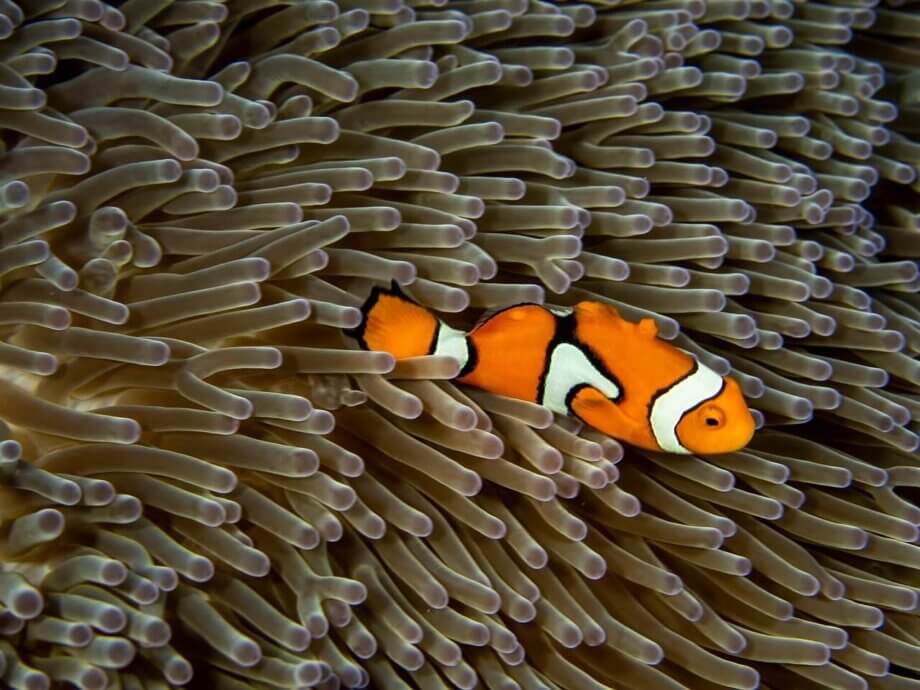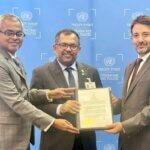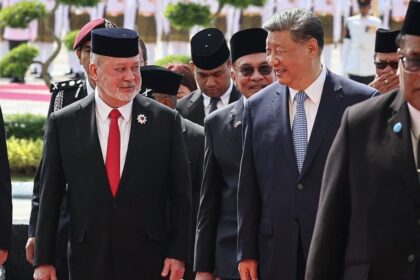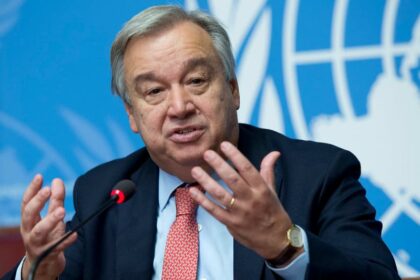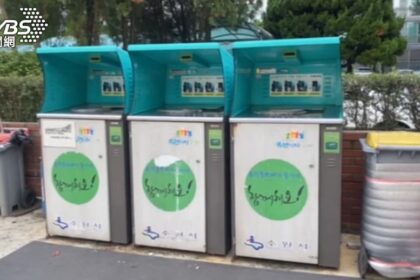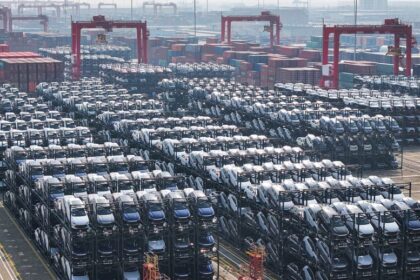Introduction: A Breakthrough in Coral Biodiversity Research
Soft corals in the West Philippine Sea (WPS) and Benham Bank in the Philippine Rise have been thrust into the global spotlight following a landmark international study published in Nature Scientific Reports in May 2024. The research, which analyzed over 4,400 soft coral samples from more than 40 countries, confirms that these Philippine waters are among the richest and most diverse habitats for zooxanthellate soft corals worldwide. This revelation not only cements the Philippines’ status as a critical center of marine biodiversity but also underscores the urgent need for conservation amid mounting environmental and geopolitical threats.
- Introduction: A Breakthrough in Coral Biodiversity Research
- What Are Soft Corals and Why Do They Matter?
- The Landmark Study: Mapping Soft Coral Diversity Across the Indo-Pacific
- Philippine Waters: A Global Hotspot for Soft Coral Diversity
- Benham Bank: A Pristine Deep Coral Ecosystem
- Why Are Soft Corals Understudied?
- Soft Corals as Indicators of Environmental Change
- Conservation Imperatives: Threats and Opportunities
- Benham Bank: A Model for Future Research and Protection
- The Road Ahead: Expanding Knowledge and Collaboration
- In Summary
What Are Soft Corals and Why Do They Matter?
Soft corals, members of the class Octocorallia, are often overshadowed by their hard coral relatives, yet they play equally vital roles in marine ecosystems. Unlike hard corals, which build the rigid skeletons that form the backbone of coral reefs, soft corals are flexible, tree-like colonies composed of individual polyps. They do not produce a hard calcium carbonate skeleton, but their presence adds complexity to reef habitats, providing shelter and breeding grounds for countless marine species.
These corals are called zooxanthellate because they live in symbiosis with microscopic algae (zooxanthellae) that provide them with energy through photosynthesis. This partnership is crucial for their survival and for the productivity of the reefs they inhabit. Soft corals also have economic and medicinal value: some species produce bioactive compounds with pharmaceutical potential, and their vibrant forms attract divers, boosting ecotourism in regions like the Philippines.
The Landmark Study: Mapping Soft Coral Diversity Across the Indo-Pacific
The study, led by Dr. Catherine McFadden and involving a global team of marine scientists, represents the most comprehensive effort to date to map the biodiversity and biogeography of zooxanthellate soft corals. Using advanced DNA barcoding techniques, researchers grouped specimens into molecular operational taxonomic units (MOTUs), which serve as proxies for species identification. This approach allowed them to uncover patterns of diversity and endemism (uniqueness) across the vast Indo-Pacific region.
Among the most significant contributors to the study were Filipino researchers from the University of the Philippines Marine Science Institute (UP MSI), particularly Dr. Jue Lalas and Dr. Maria Vanessa Baria-Rodriguez. Their team collected all the Philippine samples, focusing on sites such as the Kalayaan Island Group, Western Palawan, Pangasinan, Puerto Galera, and Benham Bank between 2019 and 2021.
Philippine Waters: A Global Hotspot for Soft Coral Diversity
The findings were striking: only three locations in the entire Indo-Pacific stood out as simultaneous centers of soft coral species richness and endemism—the Western Indian Ocean, the Western Coral Triangle (which includes the Philippines), and the Northeast Australian Shelf. The WPS and Benham Bank performed on par with these global hotspots, revealing an extraordinary variety of soft coral species, many of which are likely still undiscovered.
Dr. Jue Lalas, co-author of the study, emphasized the significance of these results:
“The samples from the Philippines were major representatives for the Coral Triangle region. The paper shows that the Philippines, including the West Philippine Sea and Benham Bank in northeastern Philippines, is part of one of the centers of zooxanthellate soft coral diversity.”
Despite their dominance in Philippine reefs, soft corals have historically been understudied due to a lack of specialized researchers. Dr. Lalas noted:
“There are just very few papers on soft corals in the Philippines, despite them being obviously dominant components of Philippine coral reefs. One of the reasons for this is just the lack of people working on this group, as compared to hard corals.”
Benham Bank: A Pristine Deep Coral Ecosystem
Benham Bank, an underwater seamount located about 50 meters below the sea surface off the eastern coast of Luzon, is a unique and relatively untouched marine environment. Studies have shown that Benham Bank contains one of the richest mesophotic coral ecosystems (MCEs) in the Philippines, with high biodiversity and pristine reefscapes. Surveys have documented at least 11 genera of hard corals, 10 genera of soft corals, several types of macroalgae, and a variety of sponges.
Researcher Joey P. Cabasan highlighted the ecological importance of seamounts like Benham Bank:
“Seamounts, in general, are known for having high biodiversity and unique benthic structures. Seamounts enhance ocean productivity and are considered biodiversity hotspots.”
Benham Bank’s resilience is attributed to its physical and oceanographic features. Stratification in the water column creates protective layers, while the clarity of the water allows sunlight to penetrate deeper, supporting coral and algal growth. The area also serves as a breeding and nursery ground for commercially important fish species, making it vital for local fisheries and food security.
Why Are Soft Corals Understudied?
Despite their ecological and economic importance, soft corals have long been neglected in marine research, especially in the Philippines. The reasons are multifaceted:
- Research Focus: Historically, more attention and funding have been directed toward hard corals, which are easier to study due to their rigid skeletons and role in reef building.
- Taxonomic Challenges: Soft corals are more difficult to identify and classify, requiring specialized training and expertise.
- Limited Local Expertise: Until recently, there were few Filipino scientists specializing in soft coral taxonomy and ecology.
Efforts to bridge this gap have accelerated in recent years. Dr. Maria Vanessa Baria-Rodriguez and her team at the IMBiBE Laboratory (UP MSI) have organized training sessions with international experts, such as Dr. Yehuda Benayahu, to build local capacity in soft coral identification and research. These initiatives are gradually expanding the knowledge base and inspiring a new generation of coral scientists in the Philippines.
Soft Corals as Indicators of Environmental Change
One of the most intriguing findings from recent research is the role of soft corals as indicators of reef health and environmental change. In some disturbed or degraded reef sites across the Indo-Pacific, scientists have observed a shift toward soft coral dominance. This trend suggests that soft corals may be more resilient to certain stressors, such as rising sea temperatures, pollution, and overfishing, compared to hard corals.
Dr. Lalas explained:
“In some disturbed sites in the Indo-Pacific, some studies have reported a shift to the dominance of soft corals. They have been generally reported to have high resilience to disturbances. However, soft corals may also eventually be subjected to mortality if stressors persist. Overall, soft corals can serve as useful indicators of environmental disturbances. Ongoing research continues to shed light on their ecological roles in coral reefs amid global and local changes.”
This resilience, however, is not limitless. Prolonged or intensified stress can still lead to declines in soft coral populations, highlighting the need for proactive conservation measures.
Conservation Imperatives: Threats and Opportunities
The recognition of the WPS and Benham Bank as global soft coral biodiversity hotspots brings both pride and responsibility. These areas face a range of threats, including:
- Climate Change: Rising sea temperatures, ocean acidification, and increased frequency of severe weather events threaten coral health and survival.
- Illegal Fishing and Overfishing: Destructive fishing practices can damage delicate coral habitats and deplete fish populations that depend on reefs.
- Deep-Sea Mining and Resource Extraction: The growing interest in exploiting mineral resources in the Philippine Rise poses risks to the fragile ecosystems of Benham Bank.
- Geopolitical Tensions: The West Philippine Sea is a flashpoint for territorial disputes, particularly with China, complicating efforts to enforce environmental protections.
On the positive side, the Philippines has taken steps to safeguard these treasures. The Philippine Rise Marine Resource Reserve, for example, is one of the country’s largest offshore marine protected areas. However, experts stress that more comprehensive and enforceable conservation strategies are needed, especially as new scientific discoveries highlight the region’s global significance.
Benham Bank: A Model for Future Research and Protection
Benham Bank’s remote location and depth have so far shielded it from the worst impacts of human activity, but this isolation also makes research and monitoring challenging. Expeditions to the area require extensive planning, coordination among government agencies, and specialized equipment. Despite these hurdles, recent studies have provided valuable baseline data on the bank’s biodiversity and ecological dynamics.
Key findings from Benham Bank research include:
- High Coral Cover: Surveys have recorded hard coral cover as high as 30% across the 50-80 meter depth range, with some sites reaching nearly 100%—exceptional for mesophotic reefs.
- Diverse Habitats: Eight distinct habitat types have been identified, ranging from macroalgae-dominated to octocoral-dominated zones.
- Fish Biodiversity: Over 60 reef-associated fish species have been documented, including commercially valuable snappers, groupers, and tunas.
- Connectivity: Ocean currents, such as the North Equatorial Current, may facilitate the exchange of coral larvae between Benham Bank and other Pacific reefs, enhancing regional resilience and recovery potential.
These insights are crucial for informing management decisions, such as zoning for protection, sustainable fishing, and future research priorities. As only about 5% of the world’s seamounts are currently protected, Benham Bank stands out as a model for proactive conservation in the face of global change.
The Road Ahead: Expanding Knowledge and Collaboration
The recent study marks a turning point in soft coral research in the Philippines. By establishing strong connections between local scientists and international experts, it paves the way for more comprehensive studies and greater awareness of the country’s marine riches. Dr. Lalas and Dr. Baria-Rodriguez are optimistic that continued training, research, and collaboration will unlock even more discoveries in the years to come.
Funding for these efforts has come from a range of sources, including the Department of Environment and Natural Resources-Biodiversity Management Bureau (DENR-BMB), the National Security Council, the University of the Philippines, and the Department of Science and Technology-Philippine Council for Health Research and Development (DOST-PCHRD). Such support is vital for sustaining long-term research and conservation initiatives.
In Summary
- The West Philippine Sea and Benham Bank are now recognized as among the world’s richest and most diverse habitats for zooxanthellate soft corals, based on a major international DNA barcoding study.
- Soft corals play crucial ecological, economic, and medicinal roles in marine ecosystems but have historically been understudied, especially in the Philippines.
- Recent research led by Filipino scientists has revealed high species richness and endemism in these regions, with many species likely still undiscovered.
- Benham Bank is a pristine mesophotic coral ecosystem with exceptional biodiversity, serving as a model for conservation and research.
- Soft corals are resilient to some environmental disturbances and can serve as indicators of reef health, but they remain vulnerable to persistent stressors.
- Conservation of these hotspots is urgent due to threats from climate change, illegal fishing, resource extraction, and geopolitical tensions.
- Ongoing collaboration, training, and funding are essential to advance soft coral science and protect the Philippines’ marine biodiversity for future generations.


